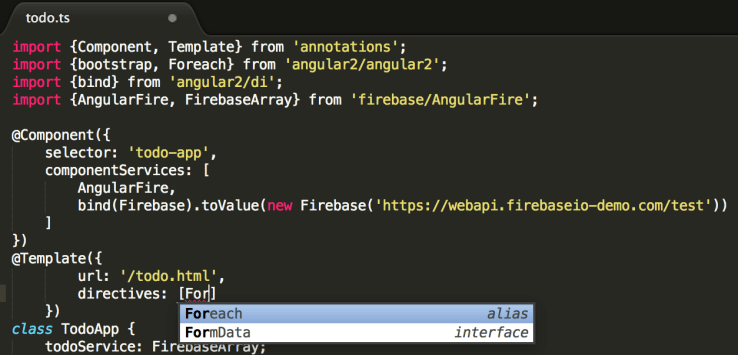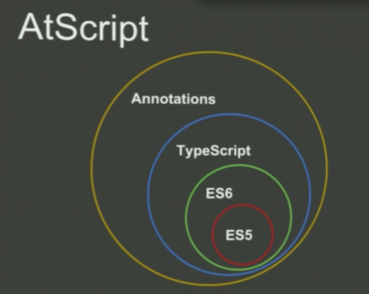Last year Google slowly began bringing select Android apps to the Chrome Web Store, allowing a batch of useful mobile apps to run on Chromebooks and other Chrome devices.
Android applications run on Chrome OS through a native client extension called “App Runtime for Chrome”, more commonly known as ‘ARC’, which runs Android codes at near-native speed through a sandboxed Dalvik VM.
In the months following the announcement of ARC over thirty Android apps have been added to the Web Store, including productivity powerhouse Evernote, PDF mark-up tool iAnnotate and social media fave Vine.
Some Chrome users have grown a little impatient at the slow rate of porting more desirable apps over (think Flipboard, VLC, Skype, etc) despite many lesser known utilities and educational tools wrangling their into the Web Store.
Today that changes.
ARC Opens To All
At its press event Google confirmed it plans to open the ARC programme to all Android developers, not just a select few. This means developers themselves can now dive in to test their Android app in Chrome against the ARC plugin to see what works and make changes, like adding support for keyboard tab keys and mouse input, as needed.
Finally, if all works as intended, they are free to promptly publish it to the Chrome Web Store for users to enjoy.
And there’s you thinking it was all new convertible Chromebooks and low-cost Chromebits announced!
In unlocking the flood gates for Android app developers to bring their wares to Chrome OS Google risks seeing developers shun native Chrome Apps (written in web technologies, running offline, leveraging system hardware APIs, etc) in favour of lazy ports.
Similarly, with a big focus due on Service Workers, its plan to app-ify websites with offline and push messaging features, the need for a bona-fide ‘Web App’ is also lessened.
But whatever mess it makes for a consistent developer story it does, for now, mean more apps for users, more opportunities for developers, and more momentum for the Chrome project.
How To Test Android Apps for Chrome Using ARC Welder
The official Chrome developer documentation details the full recommended way for Android devs to get started with ARC.
In short, developers need three things:
- An APK of the application they wish to test
- A PC, Mac or Chromebook running Chrome v40 or later
- The ARC Welder app from the Chrome Web Store
Installing the ARC Welder app from the Web Store also downloads ARC plugin itself (even on Windows, Mac or Linux). Since the plugin is more than 100MB in size eager mobile devs should only install it when not on a metered, cellular or slow connection.
Once up and running the ARC Welder app simplifies the entire process;
- Open ARC Welder
- Add .apk
- Set configuration values (layout, orientation, etc)
- Test
Google say developers should strive to ensure that an app works well for touch and non-touch Chromebooks, should ideally test on the Chrome OS Stable Channel and cautions that the plugin does not yet support all of Google Play Services yet.
ARC Welder allows .apk files to be quickly exported into a .zip file for easy submission to the Chrome Web Store.












 When considered more closely, however, it is clear to see why other video-mounting platforms are showing more success from a financial perspective. Vimeo, for example, is one of YouTube’s largest competitors and its success is ironic due to the similarities and differences of these two services. For example, YouTube, an ostensibly free site with web advertising and variable video quality, is suffering a slow and painful death while Vimeo, a paid service with relatively high video quality without paid advertising is gradually growing and creating a profit. It is also showing a much higher percentage of business-owner based traffic, compared to YouTube which features a younger, less financially stable audience.
When considered more closely, however, it is clear to see why other video-mounting platforms are showing more success from a financial perspective. Vimeo, for example, is one of YouTube’s largest competitors and its success is ironic due to the similarities and differences of these two services. For example, YouTube, an ostensibly free site with web advertising and variable video quality, is suffering a slow and painful death while Vimeo, a paid service with relatively high video quality without paid advertising is gradually growing and creating a profit. It is also showing a much higher percentage of business-owner based traffic, compared to YouTube which features a younger, less financially stable audience.






 Angular has been using its own
Angular has been using its own  “Working closely with a rich library like Angular has helped TypeScript to evolve additional language features that simplify end-to-end application development, including
“Working closely with a rich library like Angular has helped TypeScript to evolve additional language features that simplify end-to-end application development, including 



